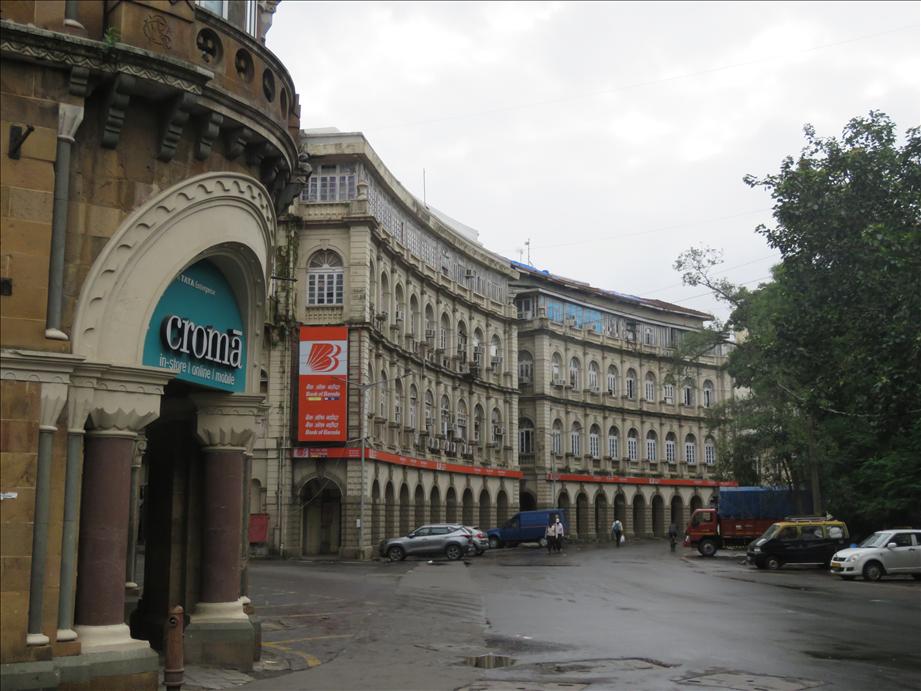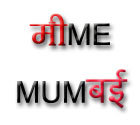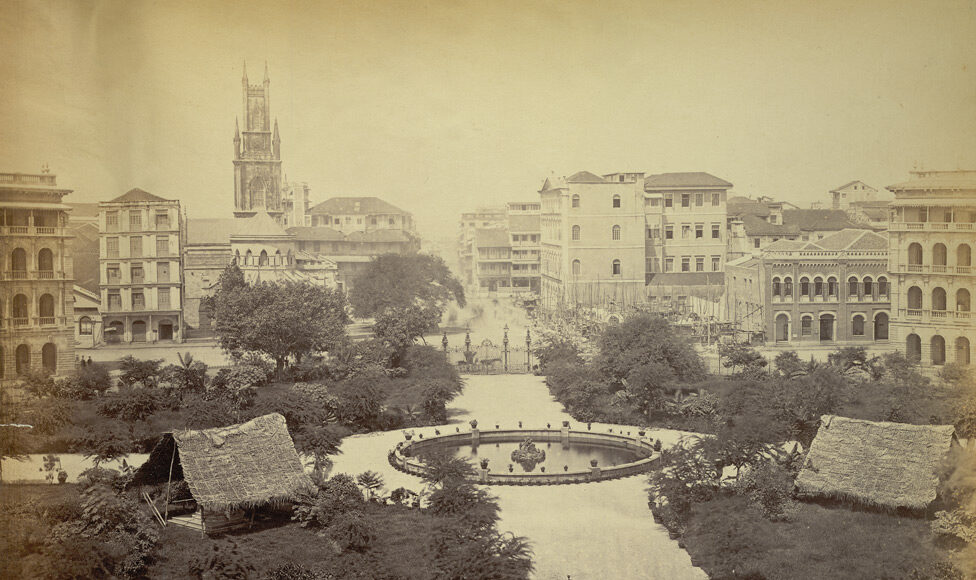Horniman circle is located at the prime location situated in the Fort area of South Mumbai. The Horniman Circle Gardens represent lush greenery surrounded by grand buildings. The two words of “Horniman Circle” have a lot of significance. Firstly the word “Circle” relates to one of the oldest landmarks earlier known as Elphinstone Circle, it’s foundation was laid in 1821. The word “Horniman” relates to the person who was an Irish-born British journalist who supported India in the independence movement playing a significant role in it. His name was Benjamin Horniman.
Above image source: OldIndianPhotos
Bombay Greens and Elphinstone Circle
The area was surrounded by lush greenery due to various types of trees. This area was known as Bombay Greens since the 18th century. The construction of Bombay Greens comprising a Garden circle started in 1821. It took 12 years of completion. But then later it was being used as a dumping yard. So Governors Lord Elphinstone and Sir Bartle Frere along with Police Commissioner, Charles Forjett, planned to make this circle an attraction for people. So they converted this garden into a small park with a neo-classical porch, well-laid rows of trees and a perfect walkway. The design of this garden was done on the lines of London’s Park Crescent. The garden was completed in 1872.
Later it became the center of the business hub which was surrounded by office buildings with an Asiatic library situated in front of the main gate of the Garden circle. The garden was named Elphinstone Circle as a tribute to Governor, John Elphinstone. This marked the first planned garden circle of the city.


Benjamin Horniman
Benjamin Horniman was an Irish-born British journalist born in 1873. He started his career in India as an editor and played a significant role in India’s independence by exposing the British government’s atrocities and unruly administration. He started his career in the newspaper “Statesman” in Calcutta. Later he joined The Bombay Chronicles which was run by Sir Pherozshah Mehta.
One of the major achievements he made was exposing the Jalianwala Baug massacre. He published the news of the massacre in this newspaper and spread it across the nation. The Britisher tried to suppress the matter from reaching London. But he managed to publish the images of the massacre in the London newspaper – The Daily Herald, exposing the British atrocities.
Due to Benjamin’s several acts, he was deported to England in 1919. But he managed to come back to India in 1926. His throughout stay in India, he worked in various publications such as The Indian National Herald, The Weekly Herald, The Sentinal, The Daily Mail. Also, he took part in a number of protests and published about the nation’s mood against Britishers. His report created a big impact on the people.
Benjamin Horniman died in 1948. With respect to his dedicated effort towards India’s independence, the Elphinstone Circle was named as Horniman Circle.
Read more about Benjamin Horniman








